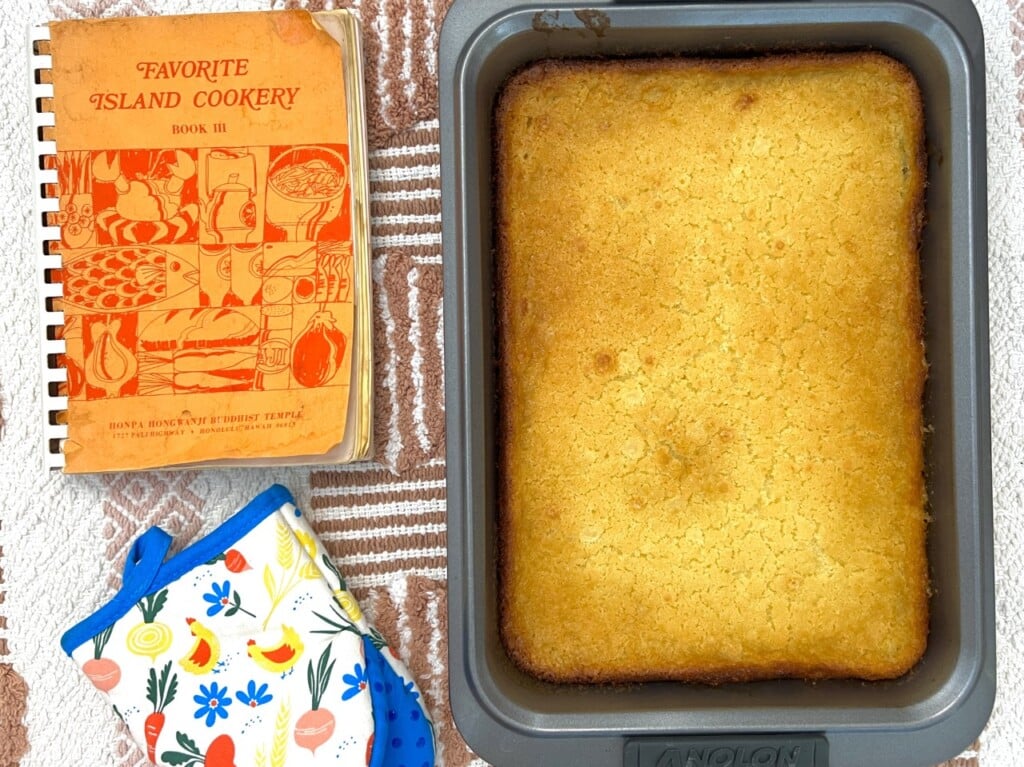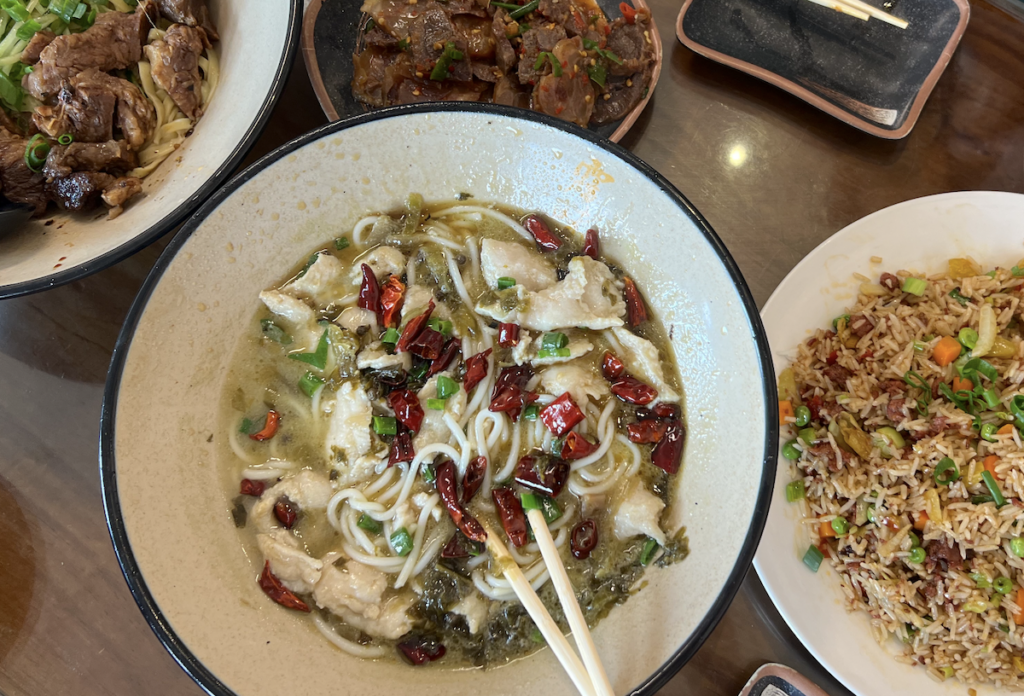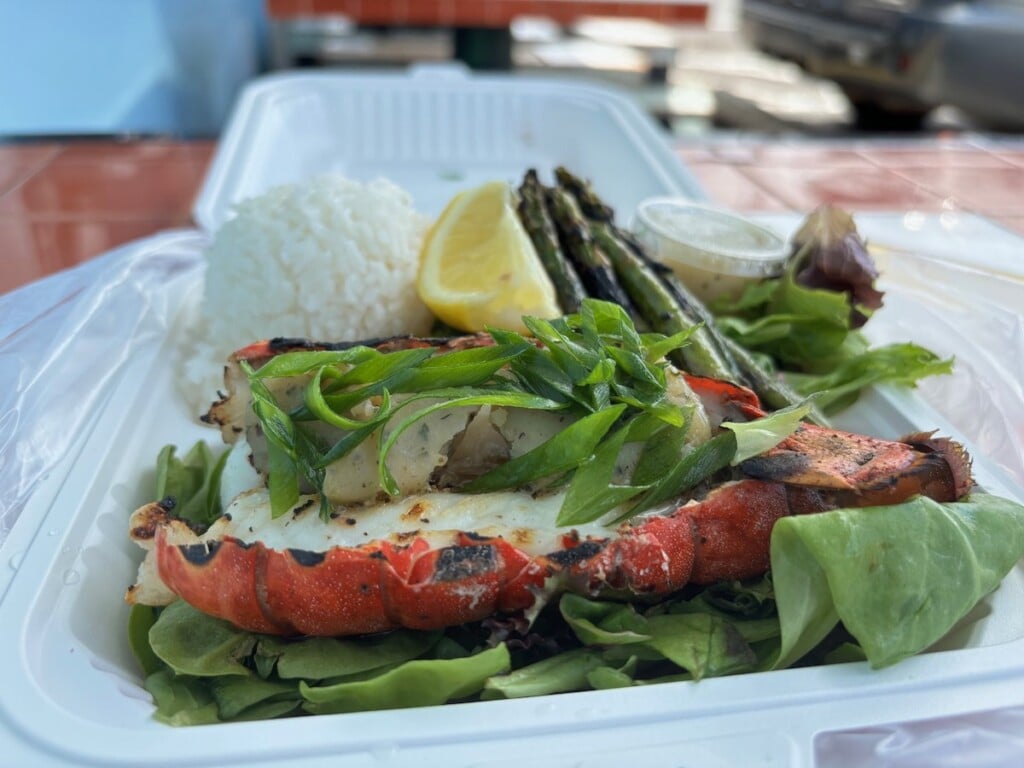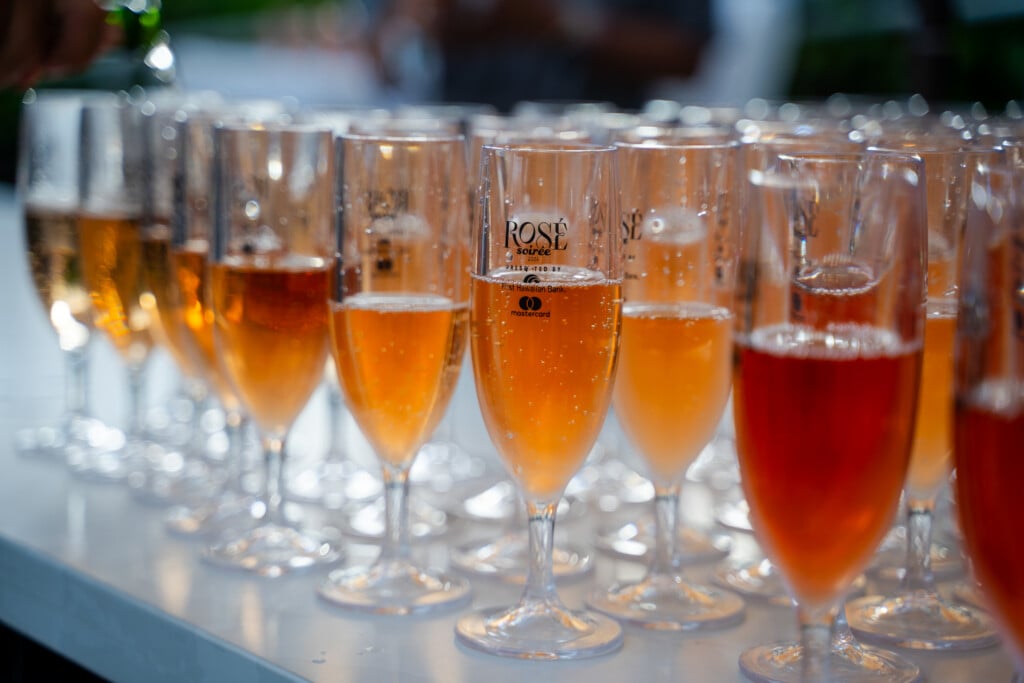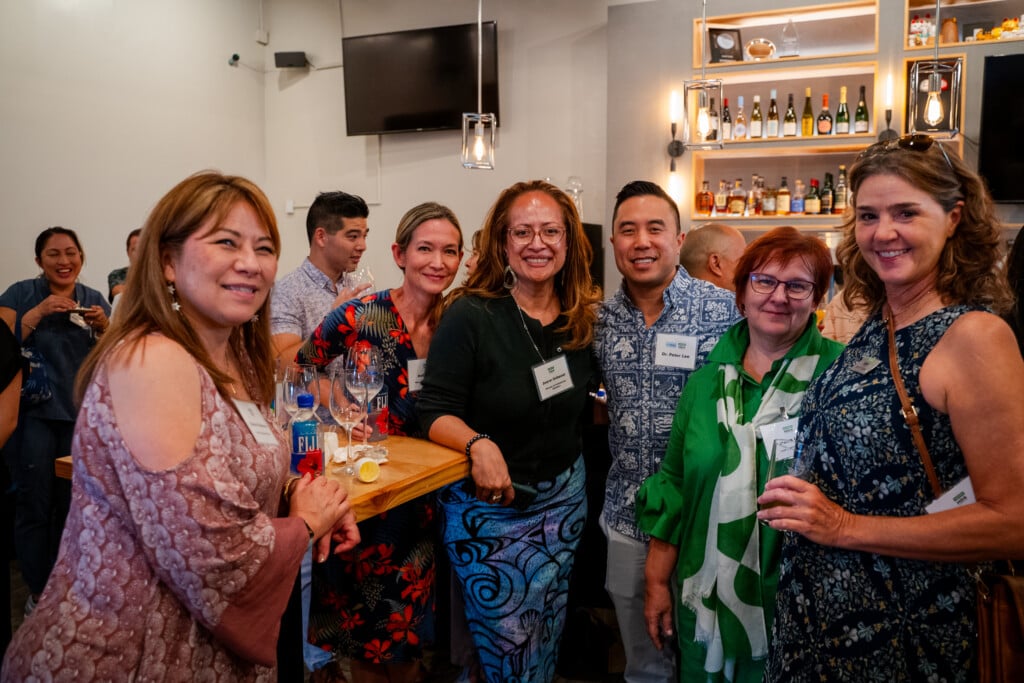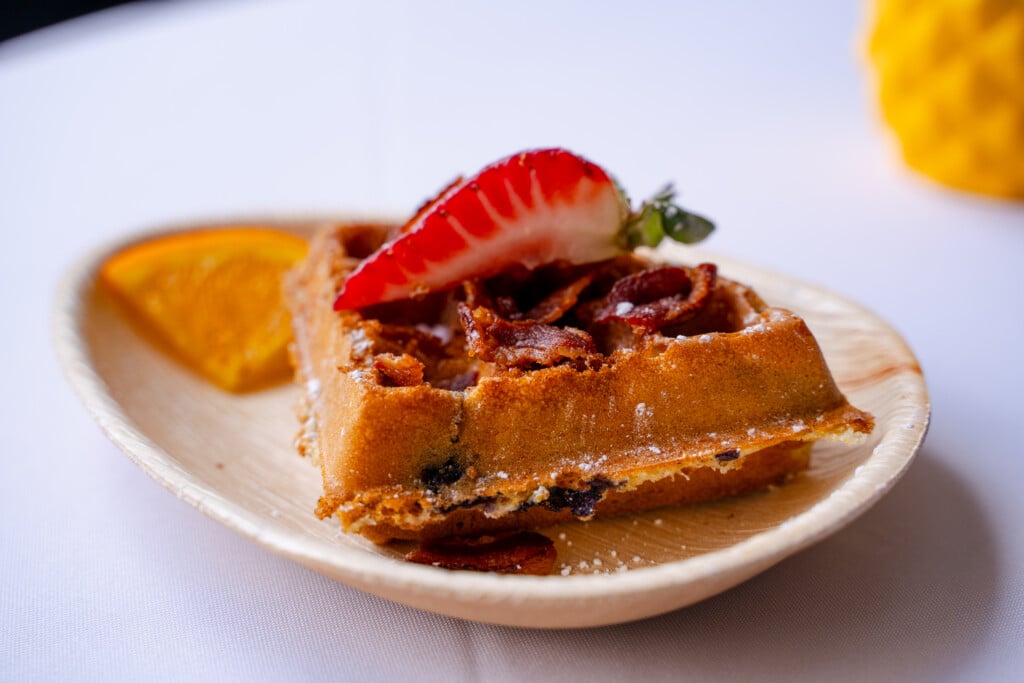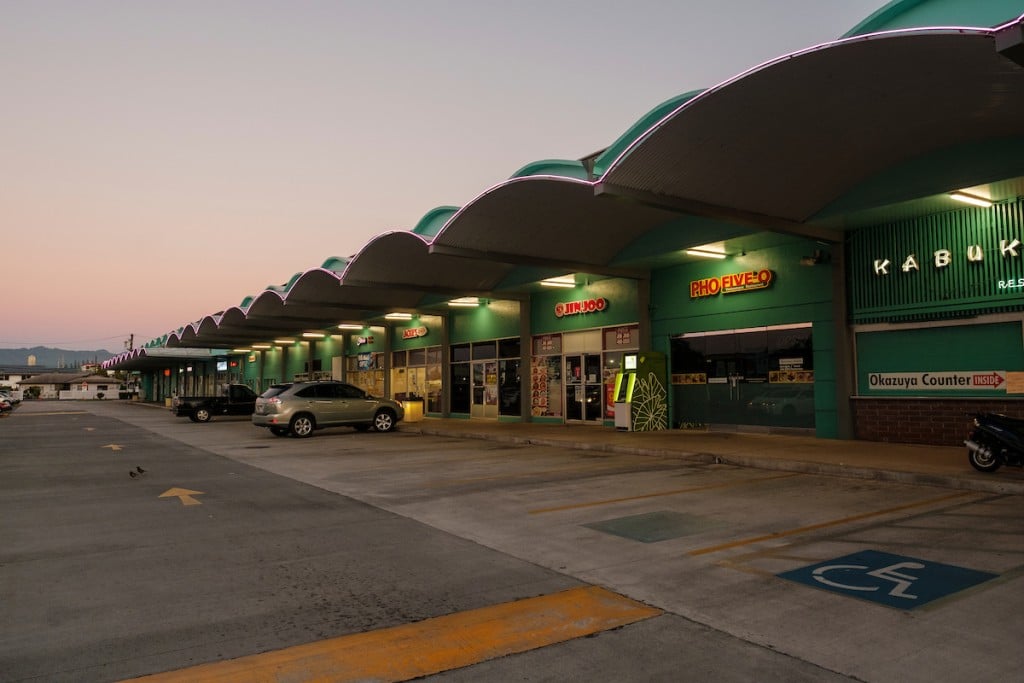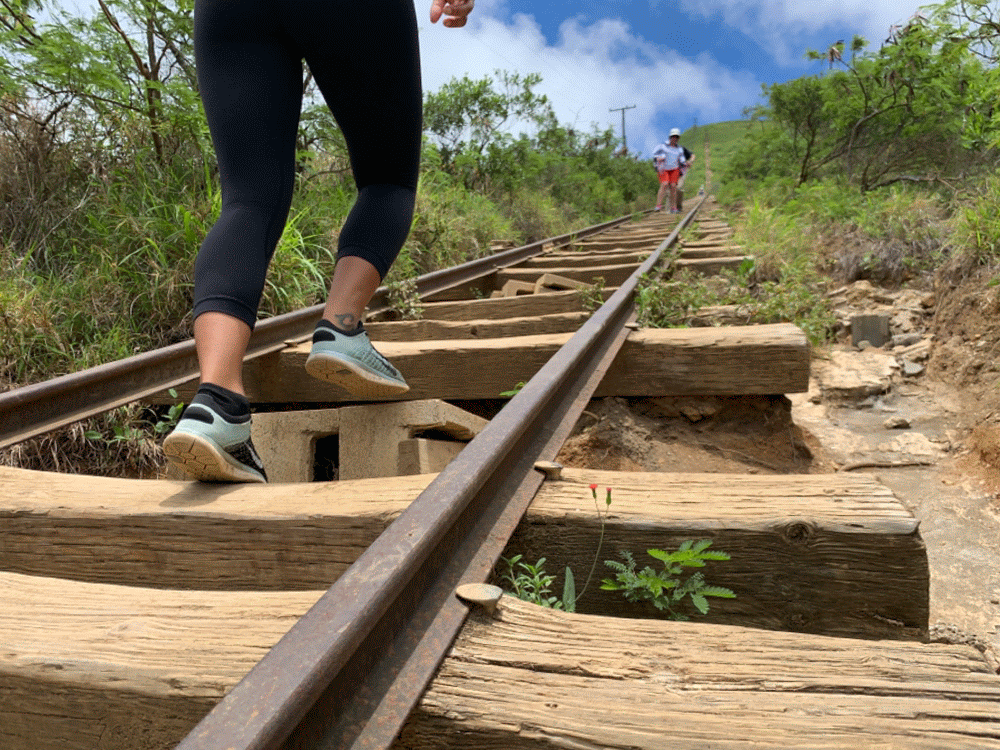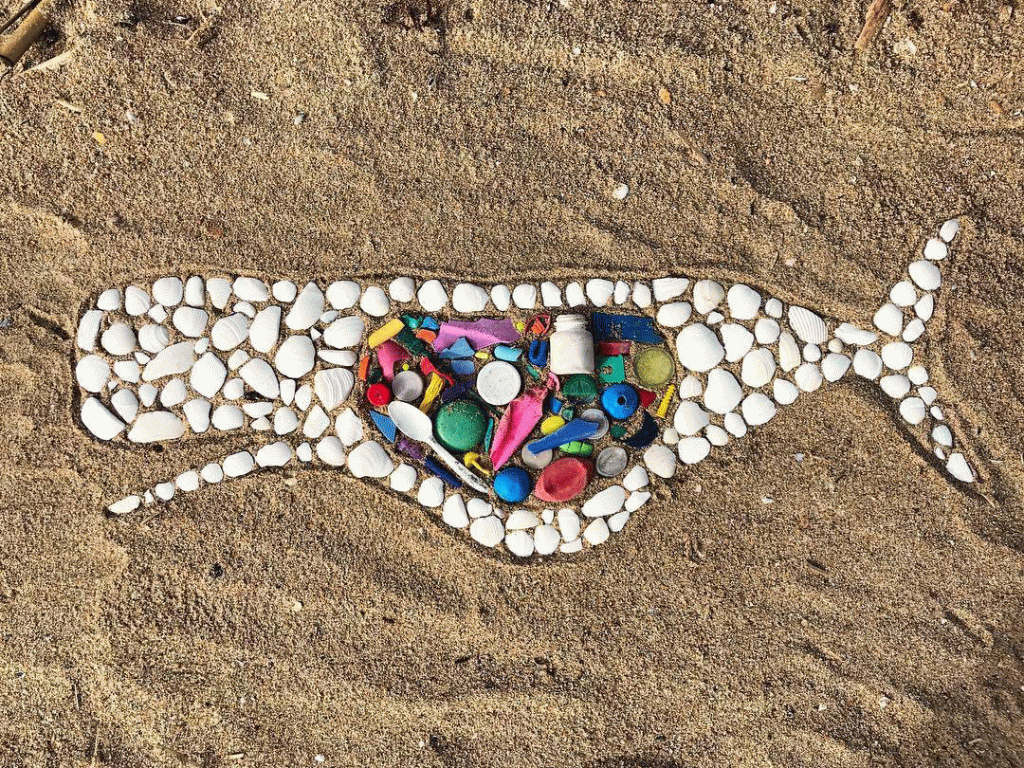7 Facts About Hawai‘i’s Largest Internment Camp That May Surprise You
It’s official. Honouliuli is now a national monument.

Photo: Odeelo Dayondon
The procession of official government SUVs and a pair of shuttle buses rattled past tight security and down into a hidden gulch in the midst of former pineapple lands off Kunia Road. For almost 50 years Honouliuli Internment Camp remained a secret, its location lost, its existence virtually forgotten. In February, President Obama established the spot as a new national monument; on March 31, Secretary of the Interior Sally Jewell came to Honouliuli for a ceremony acknowledging, and exorcising, “Hawai‘i and America’s secret shame.”
Here is where Japanese-Americans rounded up in the days after Pearl Harbor spent the war years. A horizonless crack in the earth, Honouliuli was a place without a view or a breeze, but with so much sun, humidity and mosquitos that residents called it Hell Valley. Once the war was over, it was as if the earth closed up over it and buried any memories Honouliuli might contain. Fast-growing vegetation literally filled the gulch, while termites and vines pulled apart the flimsy structures so many Island residents had called home. Those confined here filtered back into the community to pick up the pieces of their lives.
“But nobody talked about it,” said Gov. David Ige, one of the dignitaries for whom the story was personal. “My father was a 100-percent 442nd veteran, but I never heard anything about this. I definitely knew of the internment camps on the Mainland. Later on, though, I wondered: ‘How is it that we didn’t know about what was happening in Hawai‘i?”
From talking to the attendees, including members of the Japanese Cultural Center who threw themselves into the campaign to have Honouliuli recognized as a national monument, it was clear that whoever said “It can’t happen here” was woefully misinformed—and had lots of company.
1. At least 17:
The number of internment camps opened in Hawai‘i after Dec. 7, 1941: “I was surprised at how many there were,” said Gov. Ige. “There was quite a number, and they’re finding out about more every day.” (Indeed, as of 2014, the count was 13, but it’s since gone up.)
2. 2,000:
Approximate number of Hawai‘i internees. “Days after Pearl Harbor all these people went missing,” said Mayor Kirk Caldwell at the Japanese Cultural Center reception following the ceremony. “Japanese language teachers, editors of Japanese newspapers, officers of the Japanese Chamber of Commerce—they were just gone.”
3. 8:
Number of Japanese-American women interned. Why these eight? “…They studied Shintoism, many of them knew one another and studied together, and all of them did not possess a mastery of the English language,” according to an essay by Amy Nishimura in Breaking the Silence: Lessons of Democracy and Social Justice from the World War II Honouliuli Internment and POW Camp in Hawai‘i (Social Process in Hawai‘i, Volume 45; University of Hawai‘i Press). The women, including a Shinto priestess, were subjected to interrogations and mistreatment, Nishimura wrote.
4. 17,000:
The number of prisoners of war held in 13 camps in Hawai‘i. Honouliuli had sectors for POWs as well as for “enemy aliens” of German and Italian descent. A common observation: The POWs had more freedom to mingle than the Japanese-Americans.
5. One:
Emotion cited by speakers as the reason Honouliuli almost faded from memory. “On the Mainland,” Secretary Jewell said, “100 percent of Japanese-Americans were interned. In Hawai‘i, though, they were selected. “ The result was shame at being culled on suspicion of treason.
6. Zero:
The number of cases of sabotage, spying or treason committed by Japanese-Americans during World War II.
7. 1998:
The year television station KHNL called the Japanese Cultural Center while doing a story on Schindler’s List (set in German concentration camps), asking where Honouliuli was located. When no one could be found who knew, interest snowballed into an effort to acknowledge, find, excavate and commemorate the camp.
Read More Stories by Don Wallace
